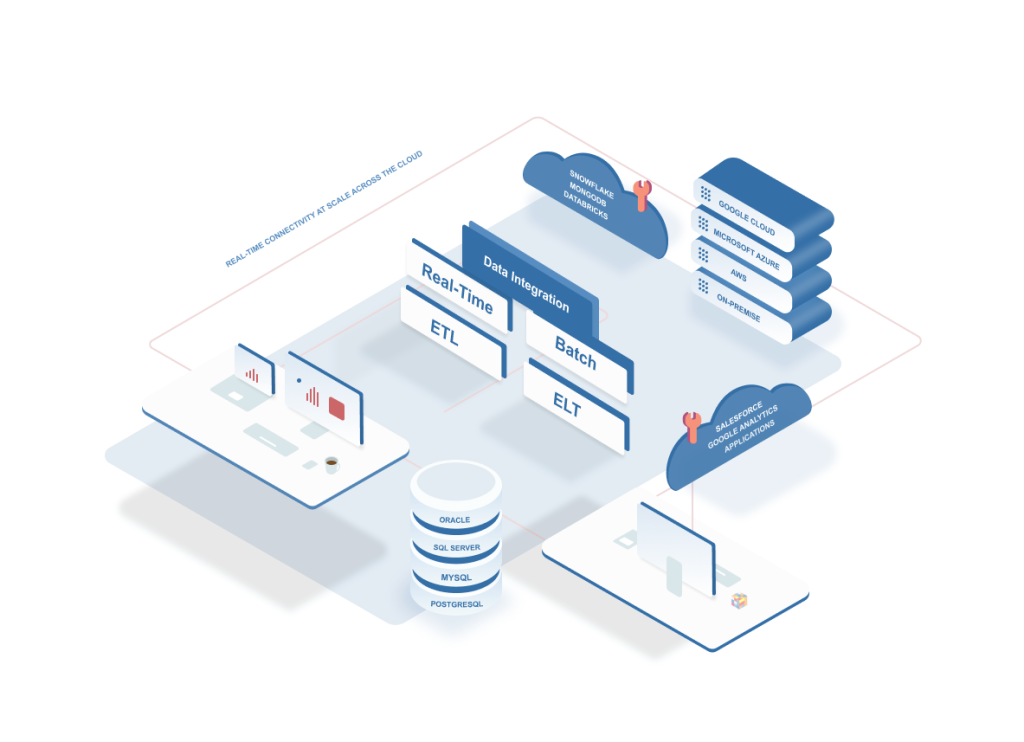Testing and Optimizing Integration Workflow
In today’s fast-paced digital landscape, businesses are increasingly turning to cloud system integration to streamline their operations and enhance efficiency. However, the journey towards seamless integration is often fraught with challenges, particularly when it comes to testing and optimizing the integration workflow. Let’s delve into the story of a fictional company, TechSolutions Inc., as they embark on their quest to develop a cloud system integration solution.
Understanding Cloud Infrastructure Basics

TechSolutions Inc. was a thriving tech firm known for its innovative software solutions. However, as their client base grew, so did the complexity of managing disparate systems and data sources. Recognizing the need for a unified approach, the company decided to embrace cloud technology for system integration.
Their journey began with a deep dive into understanding the fundamentals of cloud infrastructure. They researched different cloud service providers, comparing features, scalability, and pricing models. After careful consideration, they opted for a hybrid cloud approach, leveraging both public and private cloud services to meet their diverse needs.
Selecting Compatible Integration Tools
With the cloud infrastructure in place, the next challenge for TechSolutions Inc. was selecting the right integration tools. They needed tools that could seamlessly connect their existing systems, applications, and databases while ensuring data integrity and security.
After extensive research and consultation with experts, they decided on an integration platform as a service (iPaaS) solution. This versatile tool offered pre-built connectors for popular cloud applications and APIs, reducing development time and effort. Additionally, its intuitive interface allowed their team to design and deploy integration workflows with ease.
Designing Scalable Data Architecture

As TechSolutions Inc. embarked on designing their integration workflows, they realized the critical importance of scalable data architecture. With large volumes of data flowing between systems, they needed a robust architecture that could handle both current demands and future growth.
They adopted a microservices architecture, breaking down their integration workflows into modular components. This approach not only improved scalability but also enhanced flexibility and resilience. Each microservice was designed to perform a specific function, making it easier to troubleshoot and optimize individual components.
Implementing Robust Security Measures
Security was paramount for TechSolutions Inc. as they integrated their systems into the cloud. They understood the potential risks associated with transmitting sensitive data over the internet and were committed to implementing robust security measures.
They employed a multi-layered security approach, encrypting data both in transit and at rest. Access controls were meticulously configured to restrict unauthorized access to sensitive information. Regular security audits and penetration testing were conducted to identify and address any vulnerabilities proactively.
Testing and Optimizing Integration Workflow

With the integration workflows in place, TechSolutions Inc. turned their focus to testing and optimization. They understood that even the most well-designed workflows could encounter issues in a real-world environment, and thorough testing was essential to identify and rectify any issues.
They conducted comprehensive end-to-end testing, simulating various scenarios to ensure the reliability and performance of their integration solution. Automated testing tools were employed to streamline the testing process and identify potential bottlenecks or errors.
Once testing was complete, TechSolutions Inc. began the process of optimization. They monitored the performance of their integration workflows in real-time, using analytics to identify areas for improvement. Through iterative refinement, they fine-tuned their workflows, enhancing efficiency and responsiveness.
Conclusion:
In conclusion, the journey of TechSolutions Inc. towards developing a cloud system integration solution was marked by diligent planning, meticulous execution, and continuous improvement. By understanding cloud infrastructure basics, selecting compatible integration tools, designing scalable data architecture, implementing robust security measures, and testing and optimizing their integration workflow, they successfully navigated the complexities of cloud system integration. As a result, they were able to streamline their operations, improve productivity, and stay ahead of the competition in today’s dynamic business landscape.

